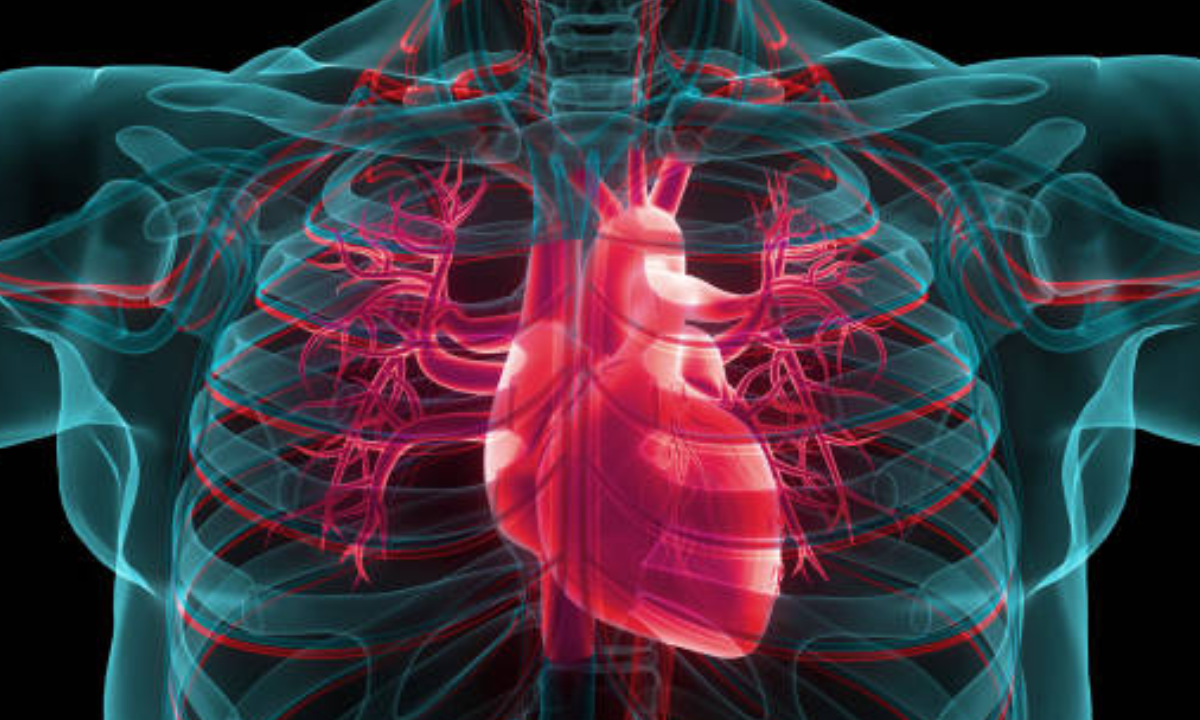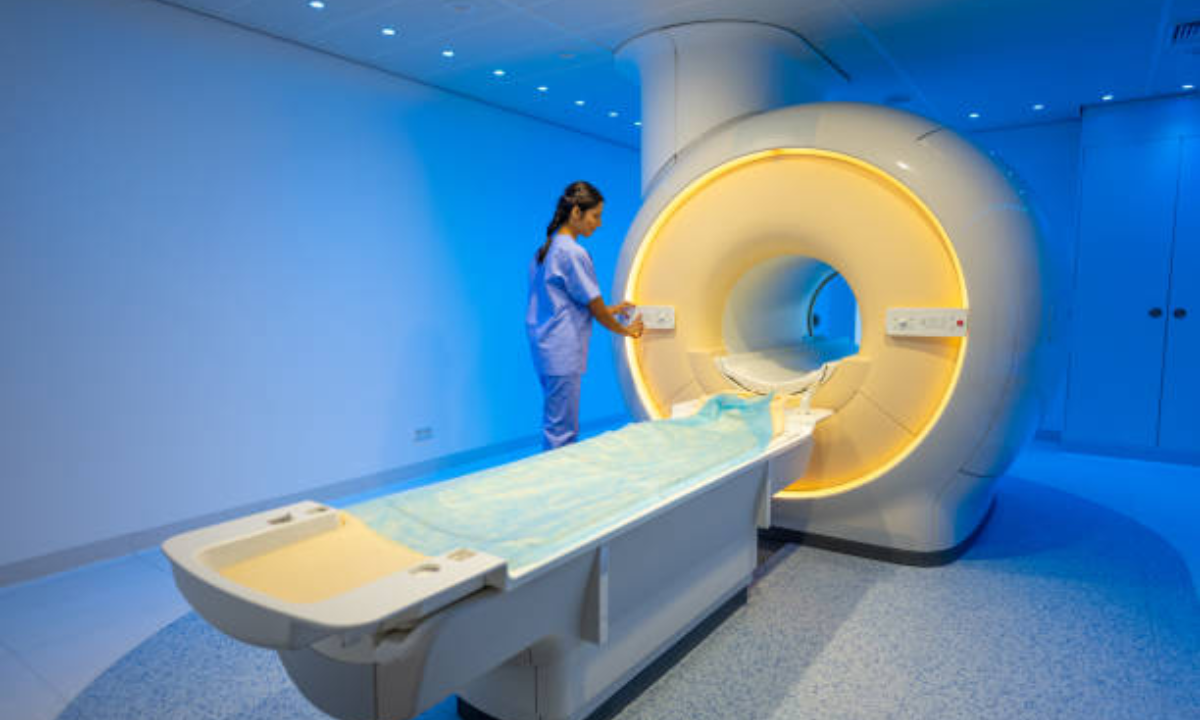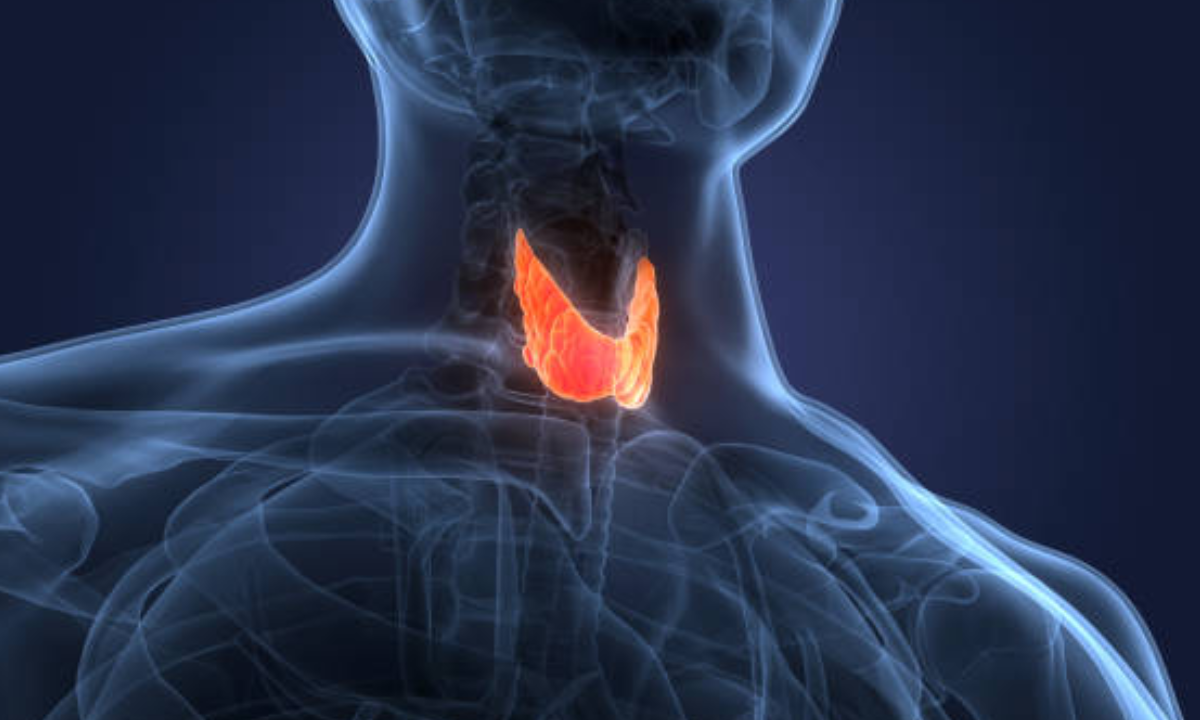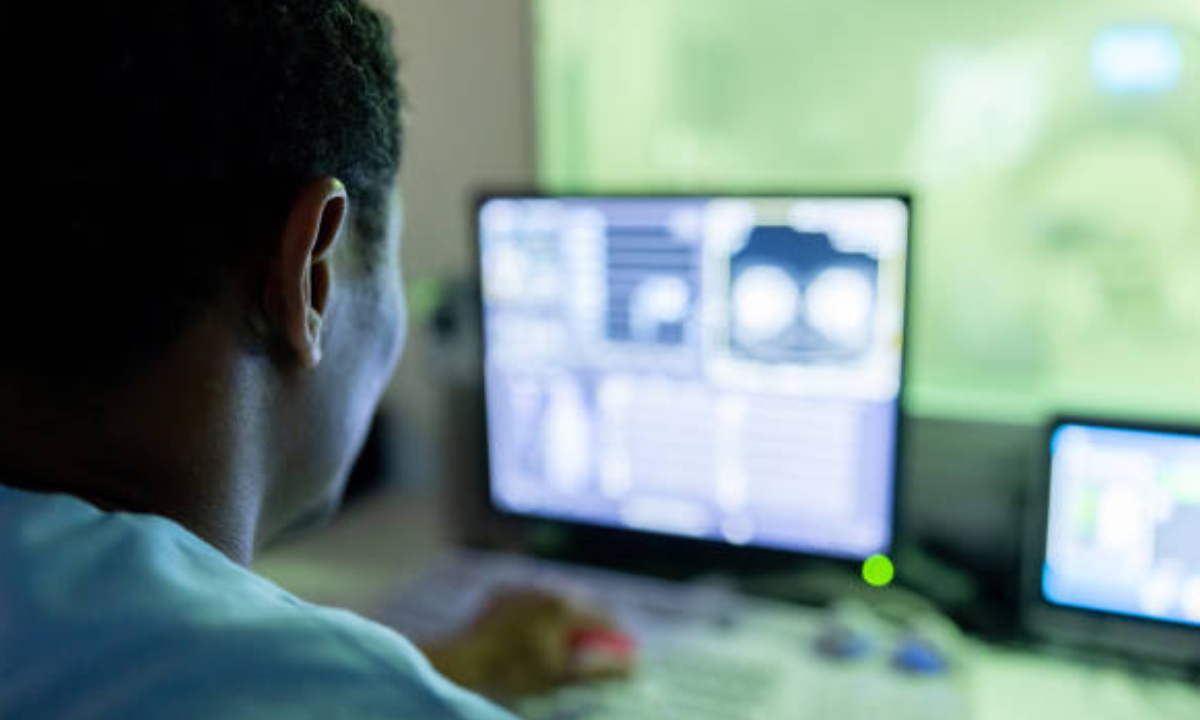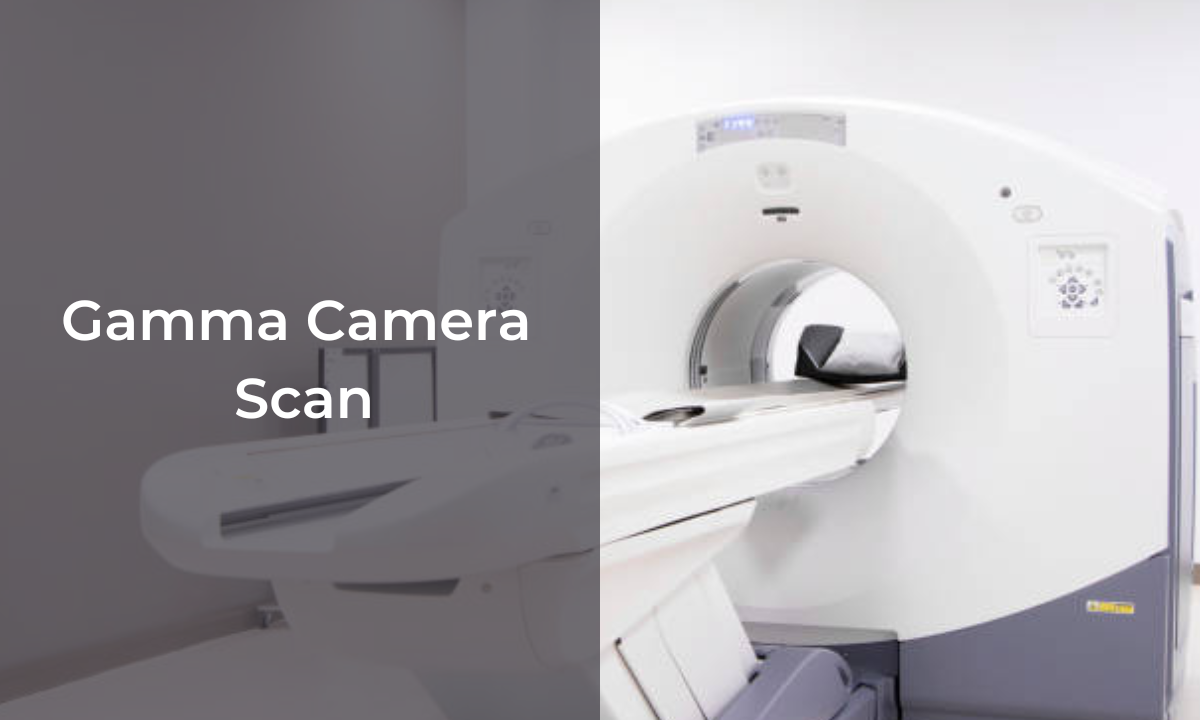Introduction
Modern medical imaging techniques like computerised tomography (CT) or computerised axial tomography (CAT) scans have lately gained prominence since they provide practitioners with incredibly accurate and extensive two-dimensional images of targeted body parts. Using a variety of different X-ray pictures, CT scans combine the information to create thorough reconstructions of inside structures, empowering medical practitioners to make precise diagnoses and create successful treatment programmes.
The widespread use of CT scans at medical centres across the world serves as evidence of its versatility and reliability. In this informative blog, we will explore 10 of the most common reasons or medical situations why doctors often recommend CT scans, highlighting their significant role across modern healthcare.
1. CT Scans for Examining Blood Vessels
Physicians can study blood arteries and identify potential blockages or other issues using the quality information provided by CT scans. Without involving invasive exploratory surgery or surgical biopsies, these images can be used to detect and diagnose vascular diseases.
2. Diagnosis of Abdominal Issues Using CT Scans
CT scans of the abdomen use contrast dye, such as barium, to provide highly accurate and detailed images of organs such as the liver, kidneys, gallbladder, spleen, ovaries, and uterus. The addition of an intravenous iodine-based dye improves images further substantially, allowing doctors to identify a variety of abdominal ailments.
What Can CT Scans Detect?
- Abdominal masses
- Abdominal pain
- Unexplained weight loss
- Possible obstructions in the small or large intestine
- Possible inflammation in the intestines
- Kidney stones
- CT urography is a radiological exam that evaluates the kidneys, bladder, and ureters.
3. Evaluation of Small Bones
Small bones, such as those in the hands and feet, might be difficult to observe effectively using traditional X-ray imaging alone. The crisp images produced by CT scans let medical professionals detect injuries precisely and plan surgical interventions according to the results efficiently.
4. Utilising CT scans for diagnosing tumours
A CT scan is frequently the initial stage in the procedure when surgical intervention is needed for a tumour. The CT scan provides precise information about the position and size of the tumour, enabling surgeons to carry out treatments like biopsies timely and with greater efficiency. Furthermore, CT scans can help surgeons better predict the degree to which surrounding tissue is affected by cancer by determining the size of the tumour.
5. Using CT Scans for Guiding Cancer Treatment
CT scans serve as vital tools for identifying cancer along with developing treatment strategies. They offer essential information regarding the tumour’s location during radiation therapy. CT scans also help to determine the efficiency of chemotherapy by assessing the spread and progression of the disease.
6. Assessing Head and Brain Issues or Injuries
Images from a head CAT scan can help professionals diagnose disorders affecting the head and brain, such as brain tumours, severe and ongoing headaches, persistent lightheadedness, and bleeding. A head CT can also be used to guide brain biopsies, detect sinus inflammation, assess aneurysms, and prepare for surgical reconstruction following facial trauma. It can also be used for assessing soft tissue and fractured or damaged bones.
7. Diagnosing Soft Tissue Damage
Traditional X-rays have a limited ability to image soft tissue and are largely focused on bones. Physicians can obtain more detailed information about injuries for an accurate diagnosis and rehabilitation planning by using CT scans, which offer a full image that encompasses both bones and soft tissue.
8. Diagnosing Spinal Issues and Chronic Pain
Prior to and following the surgical treatments, CT scans are frequently used to evaluate the status of the spine, spinal fractures, and persistent back pain. They are also useful for identifying the cause of back discomfort, such as herniated discs, determining bone density to determine the chance of fracture in those at high risk for osteoporosis, assessing congenital abnormalities, or identifying scoliosis. Additionally, CT scans and magnetic resonance imaging (MRI) scans are often combined to evaluate issues like spinal canal constriction, infections, or arthritis.
9. Investigating Recent Injuries or Accidents
CT scans are essential for identifying internal damage that conventional X-rays may fail to detect in cases that involve severe internal injuries brought on by trauma or accidents. CT scans are frequently favoured in emergency situations to detect interior damage in survivors of vehicle accidents or other trauma.
10. Obtaining Images When MRI Is Not an Option
Although MRI and CT scans have similarities, there are some situations in which an MRI is unacceptable but a CT scan is still an effective alternative. A CT scan, which produces more rapid and precise images in less time, may be more beneficial than an MRI for patients whose diseases or injuries restrict them from remaining still for a lengthy period of time since CT scans are less time-consuming. Furthermore, people with medically implanted devices incompatible with MRI can rather undergo CT scans.
How do CT Scans Work?: The Working of CT Scans
CT scanners are large, doughnut-shaped devices with detectors and an X-ray tube on the opposite sides. The X-ray apparatus spins while the patients are lying on an examination table that moves inside and outside of the machine’s core. This procedure is rather rapid, which makes it less distressful, especially for people who have claustrophobia or feel uncomfortable in enclosed spaces.
Whether or not a contrast examination is necessary will determine how to prepare for a CT scan. In these cases, patients may be required to fast for a couple of hours prior to the procedures. It may be necessary to provide intravenous contrast, which might make you feel warmed up, taste metallic, and flush a little. Additionally, patients are recommended to put away their jewellery and other metal items.
After a CT scan, patients can resume their normal activities. If contrast dye was used, it is essential to drink plenty of water to aid in the elimination of the dye.
Conclusion
If you have never had a CT scan before, it is normal to feel apprehensive when your doctor recommends one. However, with experienced and compassionate technicians, CT scans are usually quick, simple procedures that help create a treatment strategy for given underlying issues.
Thus, it becomes important to choose a reputable and reliable diagnostic centre for your CT Scan procedures. Top-notch medical imaging services are provided by Kiran PET-CT Centre, one of the best diagnostic centres in Bangalore. A CAT scan at Kiran PET-CT Centre, guarantees the safety and excellent support with value. You can get in touch with Kiran PET-CT Centre to discover more about their services.


